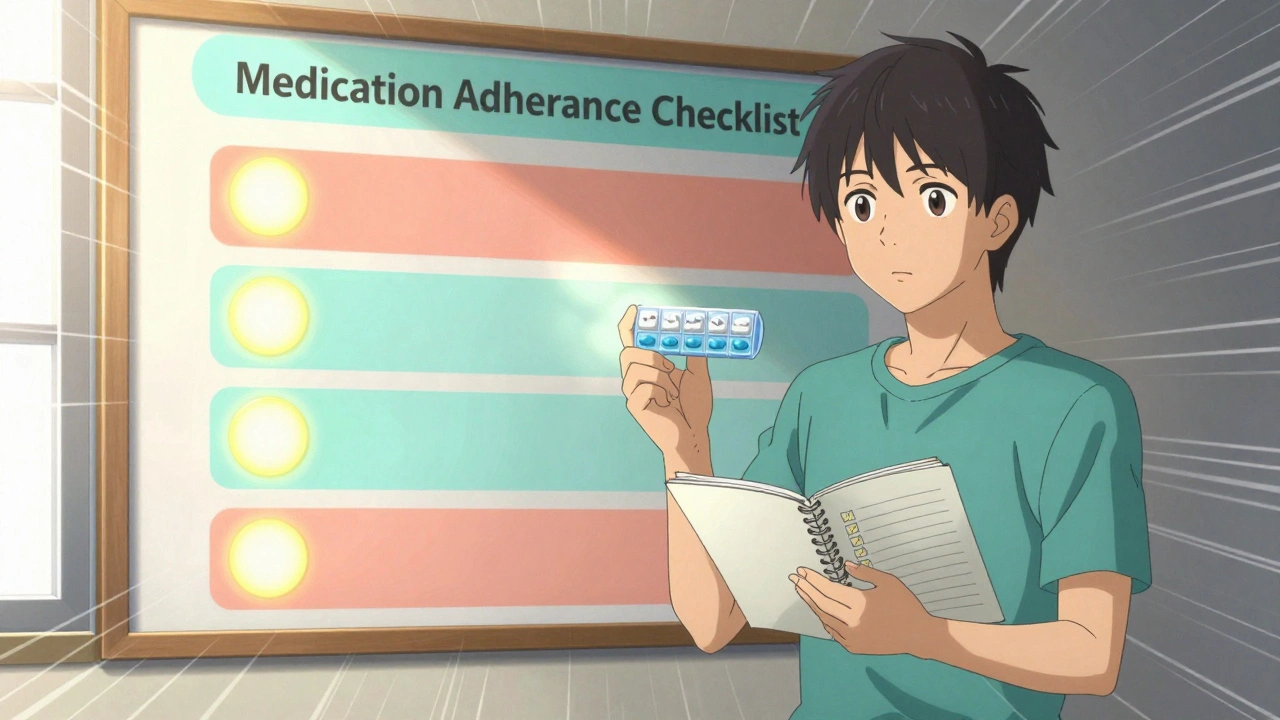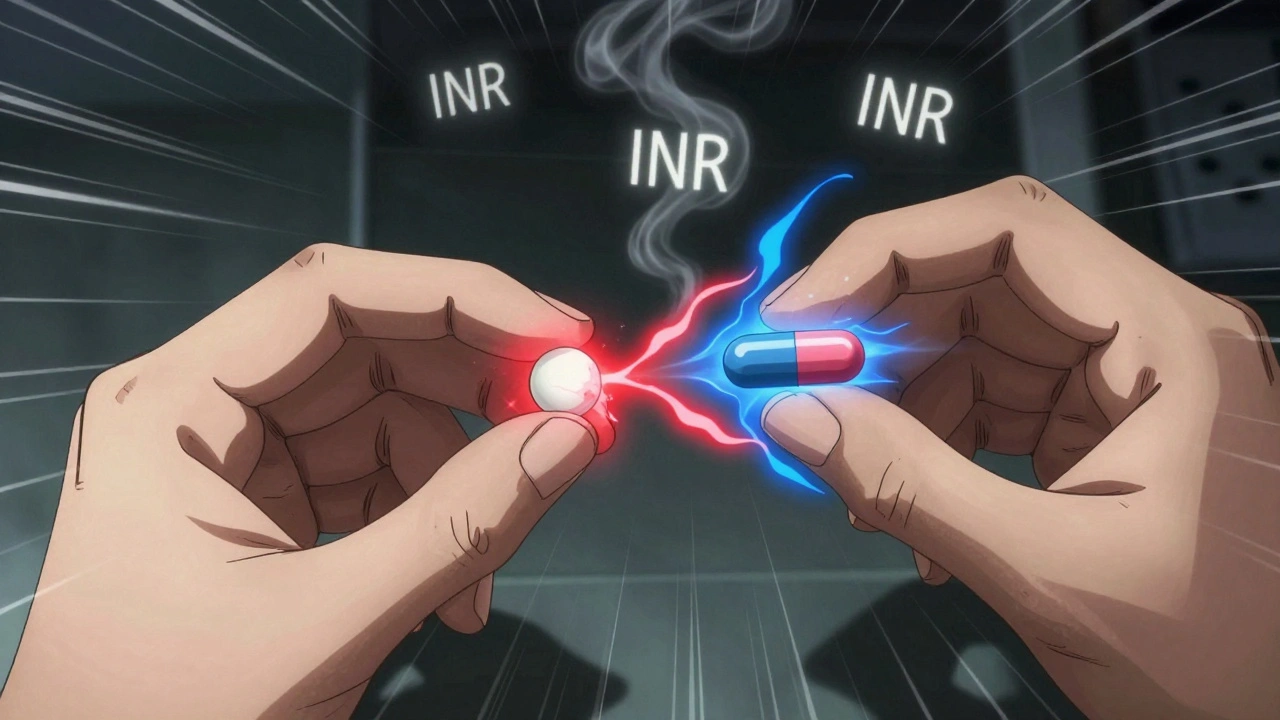Asthma inhalers: Types, Use, and Choosing the Right One
Asthma inhalers are the main tool to control breathing problems. If you have asthma, picking the right inhaler and using it correctly makes a big difference. This page explains common inhaler types, how to use them, simple tips to get the best effect, and when to see a doctor.
Types of inhalers
There are two big groups: reliever inhalers and controller inhalers. Relievers work fast to stop wheeze and tightness. Medicines like salbutamol or albuterol are common relievers. Controllers reduce inflammation over time and prevent attacks. Controllers include inhaled steroids like budesonide and fluticasone, and long-acting bronchodilators like formoterol or salmeterol. Some inhalers combine steroid plus long-acting bronchodilator for daily control.
Inhaler devices also differ. Metered dose inhalers (pMDIs) spray medicine and often need a spacer. Dry powder inhalers (DPIs) release powder when you inhale quickly. Soft mist inhalers make a slow cloud you can breathe in. Your age, coordination, and breath strength help decide which device fits you.
How to use inhalers properly
Technique matters more than brand. For pMDIs: shake, breathe out, seal lips around the mouthpiece, press and inhale slowly, then hold your breath for 5 to 10 seconds. If you struggle with timing, use a spacer — it makes the spray easier to inhale and reduces throat side effects. For DPIs: load the dose if needed, breathe out away from the mouthpiece, inhale fast and deep, then hold your breath. Don’t exhale into the device. If you use a steroid inhaler, rinse mouth after use to prevent thrush.
Check your inhaler regularly. Look at dose counters, test sprays, or simple dose tracking. Replace inhalers before they run out. Store them at room temperature, away from heat and moisture. If an inhaler gets cold, warm it in your hands before use.
Side effects are usually mild. Relievers can cause shaky hands or a fast heart rate for a short time. Steroid inhalers can cause hoarseness or mouth thrush, but rinsing helps. If you notice more worrying symptoms — chest pain, fainting, or breathing that gets worse quickly — seek emergency help.
Want to explore options or buy inhalers online? Always use a licensed pharmacy and a valid prescription. Online reviews and verification seals help spot legit sites. Compare costs, shipping, and patient support before ordering.
If you’re not sure which inhaler is best, ask your doctor or pharmacist to demonstrate technique and check your peak flow or spirometry. Small changes in device or dose can produce big improvements in daily life.
Have an asthma action plan you can follow when symptoms change. Track peak flow numbers and note what triggers attacks. Keep reliever inhaler handy and carry a spare in your bag or luggage when traveling. For flights, keep inhalers in hand luggage and bring a copy of your prescription. Review your inhaler list with your care team yearly or after any hospital visit. Small routine checks prevent most flare ups and keep you active. Stay informed daily.
WADA-Approved Alternatives to Ventolin for Asthma Athletes: Safe Pre-Exercise Dosing Strategies
Discover WADA-approved alternatives to Ventolin for asthmatic athletes. Get tips on safe and effective pre-exercise dosing, including up-to-date inhaler options.






